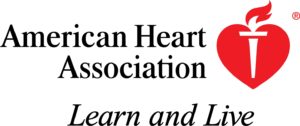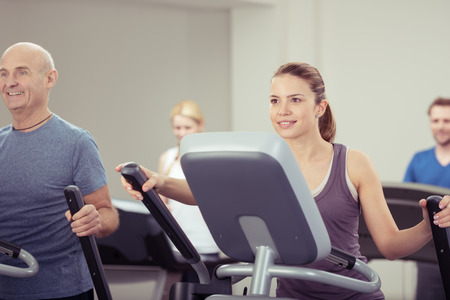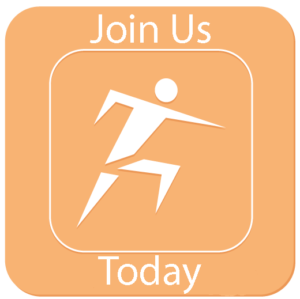How good are your parents at staying active? If you want to have greater longevity, exercise/fitness is a real key. The more active you stay, the healthier you’ll be in old age. And, as the children, you can help your parents stay active as they age – always encourage them to be so. As you have probably noticed, there are those among us who are 60-70 and in better shape than a great many people half their age – be one of them!
Being physically active on a regular basis is one of the healthiest things you can do for yourself, your family, and your aging parents. Studies have shown that exercise provides many health benefits and that older adults can gain much by staying physically active. Even moderate exercise and physical activity can improve the health of people who are frail or who have diseases that accompany aging. Quite often we observe seniors in walkers who are not very mobile. Generally, one of the causes is atrophy of the hip extensor, adductor longus, and related muscles
Being physically active can also help you stay strong and fit enough to keep doing the things you like to do as you get older. Making exercise and physical activity a regular part of your life can improve your health and help you maintain your independence as you age. While the website if full of example programs, nutritional guidance, etc., there is absolutely no substitute for simply getting out and getting active.
Be as Active as Possible
Lots of you are likely gym rats as we are sometimes fondly called. And, we go to the gym for many reasons, but never lose site that regular physical activity and exercise are important to the physical and mental health of almost everyone, including older adults.
Staying physically active and exercising regularly generally does produce long-term health benefits and even improve health for some, both young and old, who already have diseases and disabilities. That’s why health experts say that older adults should aim to be as active as possible. Don’t put off today what you think you’ll be doing 20 years from now. Being active needs to be a part of your lifestyle.
Let’s look at the flip side – being inactive can be risky! Although exercise and physical activity are among the healthiest things you can do for yourself, often, both older and younger adults are reluctant to exercise. Some are afraid that exercise will be too hard or that physical activity will harm them. Others might think they need to join a gym or will require special equipment. Yet, studies show that “taking it easy” is risky. Generally, when older people lose the ability to do things on their own, it’s not because they have aged, but generally because they have remained inactive. The lack of physical activity also can lead to more visits to your doctor, increased stress and or depression, more hospitalizations, and increased use of medicines for a variety of illnesses.
Advertisement: Amer. Heart Assoc. (click on photo for more info)

Prevent Disease?
Research has shown that over 90% of the illnesses we have are directly related to nutrition and staying active, thus, staying physically active and exercising regularly, along with a good diet, can help prevent or delay many diseases and disabilities. In some cases, exercise can be an effective treatment for many chronic conditions such as those with arthritis, heart disease, or diabetes – all of whom benefit from regular exercise. Exercise also helps people with high blood pressure, as well as those people who suffer balance problems or difficulty walking.
Manage Stress, Improve Mood
Today, as your parents retire or for those whose parents have retired, stress can creep in quickly due to anxiety over monthly income, persistent bills, and related monetary issues. Regular, as well as a moderate physical activity level can help manage stress and improve mood. This also means that being active on a regular basis may help reduce feelings of depression. Newer studies are hinting at the fact that exercise can improve and or maintain brain sharpness as it were, as well as cognitive functions, such as the ability to shift between tasks quickly, plan an activity, and my favorite, ignore irrelevant information.
Finally, some people may wonder what the difference is between physical activity and exercise. Physical activities are activities that get your body moving such as gardening, walking the dog and taking the stairs instead of the elevator. Exercise is specific physical activities that are planned, structured, and repetitive such as yoga, running, weight training, martial arts, or an aerobics class. In other words, the latter is predefined programs that continually build your skills in those areas that you choose. Including both in your life will provide you with health benefits that can not only help you feel better, but enjoy life more as you age.
Begin your journey today, whether it be running, speed walking, bike riding, lifting weights or many others, you do not need a heavy duty gym, just the desire to do it!







